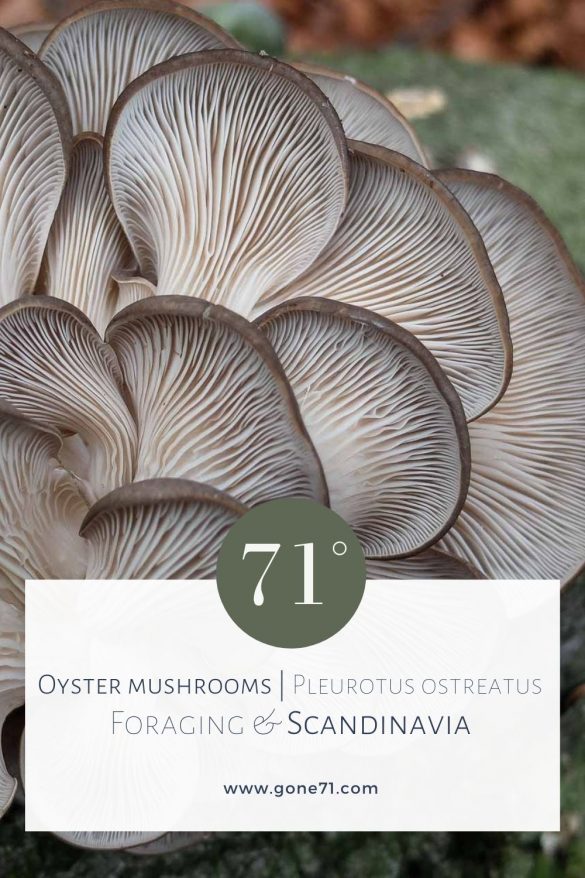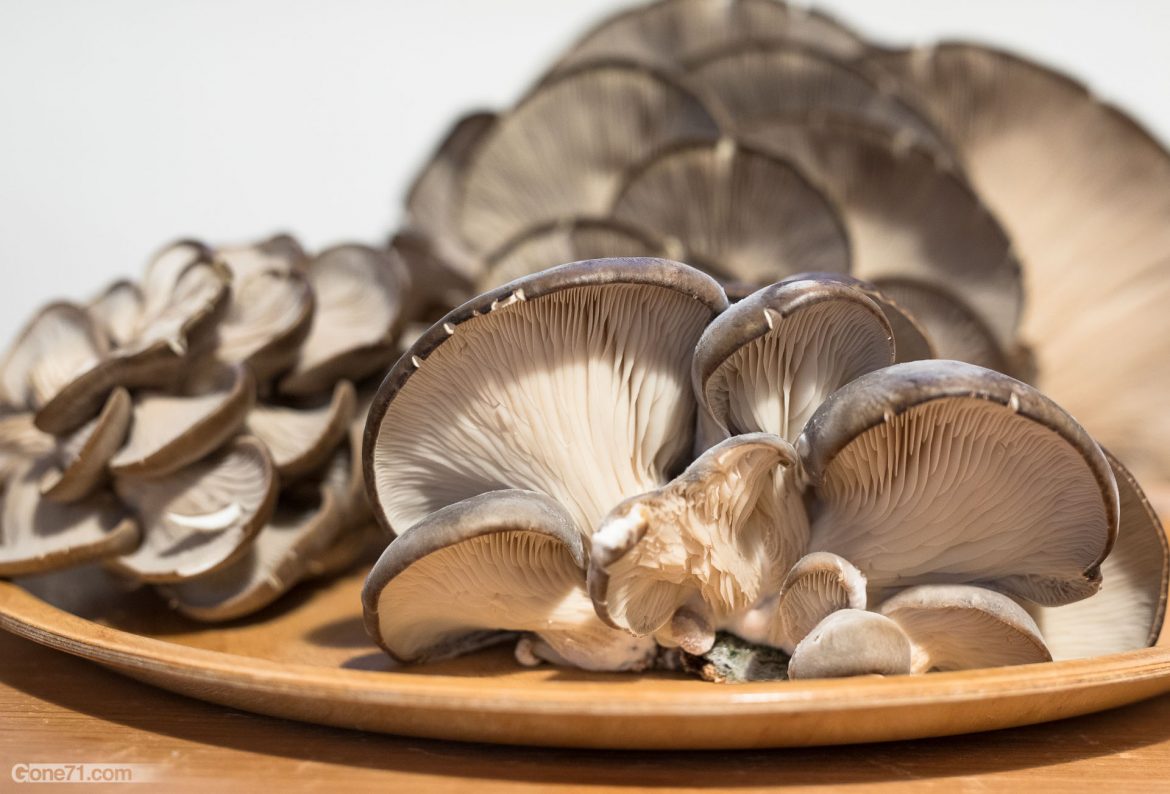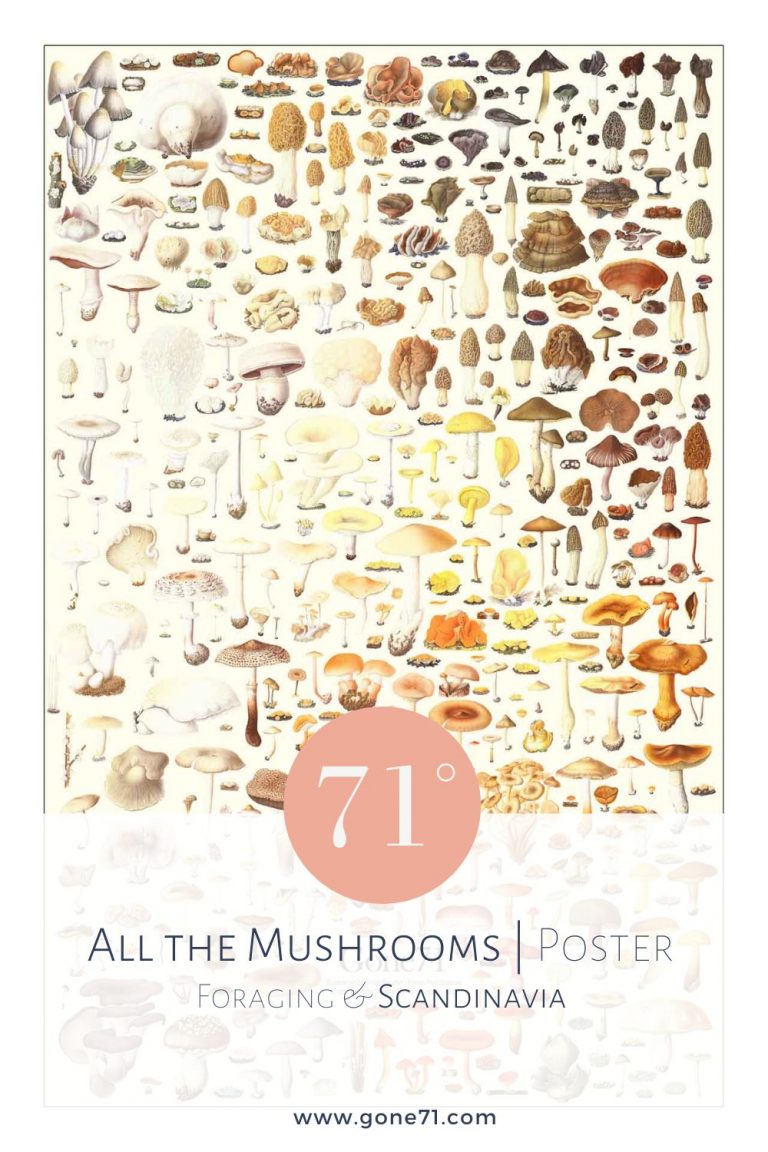syn.: abalone mushroom | swe.: Ostronmussling | nor.: Blågrå østerssopp | fin.: Osterivinokas | dt.: Austernseitling, Austernpilz
Most people might recognize oyster mushrooms from the shelves of their nearby supermarket. As one of the worlds most cultivated mushrooms it is a widely distributed agricultural product and especially popular in China and other Asian kitchens. Only few are aware that in its wild form it is widely distributed throughout Europe and North America.
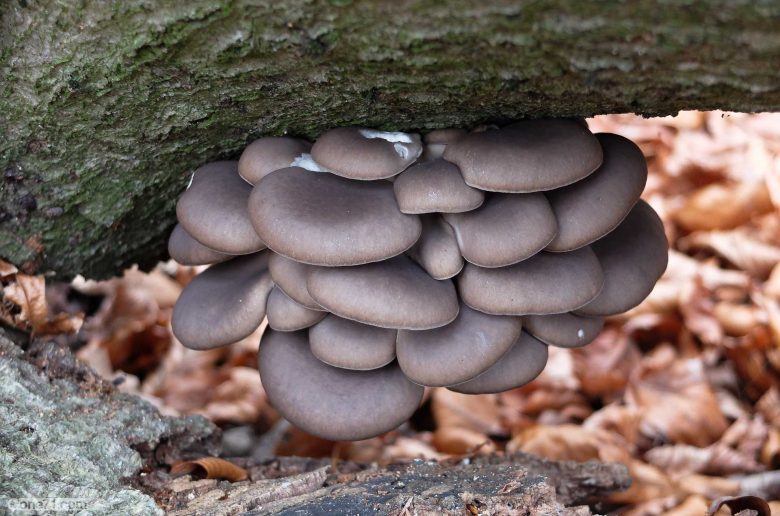
Cultivated vs. wild oyster mushrooms
The cultivated form varies from the wild form mainly in its lighter colour. While wild oyster mushrooms need temperatures to drop below 0° C to thrive, they are conveniently available in supermarkets throughout the whole year. They are also fairly easy to self-cultivate at home with special grow-kits that can be purchased in the internet. So for those, who do not want to rely on seasons or simply do not have access to the right type of forests you can always opt for the easy way. That said, in our experience foraging your own food makes your meal taste much better. So for those who like to roam the forests in late autumn and winter this is the culinary delight you should look out for.
As winter mushrooms they grow when most mushroom enthusiasts have already stowed away their baskets. So foraging pressure is generally low.
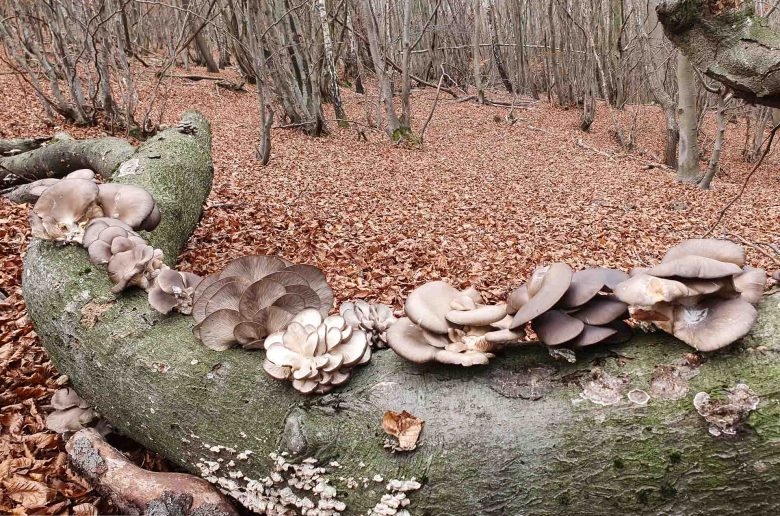
Appearance & habitat of oyster mushrooms
In the wild you can find this mushroom usually on trees of hard wood respective deciduous trees as beech or oak. As decomposers they affect mostly deadwood. Usually you can find them in clusters with various fruiting bodies grown together.
The mushrooms can take on impressive proportions and sometimes cover entire tree trunks.
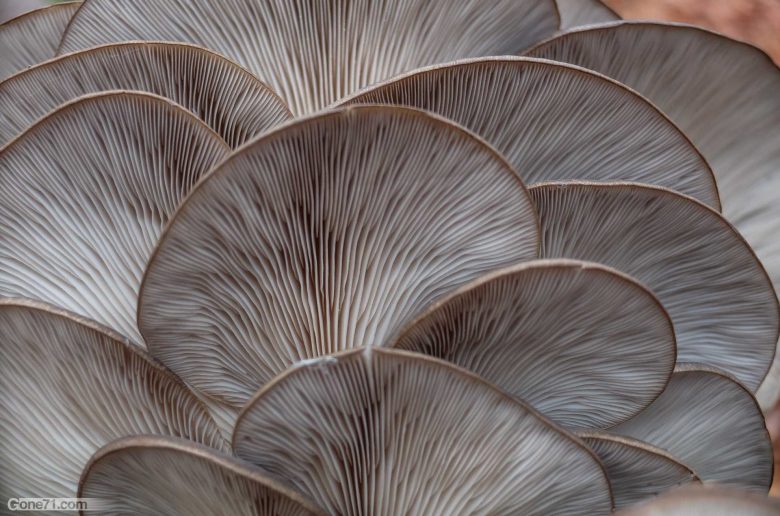
Lookalikes of oyster mushrooms
Oyster mushrooms are fairly easy to identify and have to our knowledge no poisonous lookalikes in Europe. They can be confused with other species from the Genus Pleurotus as the Lung Oyster (Pleurotus pulmonaris), the Velled Oyster (Pleurotus dryinus) or the Branched Oyster (Pleurotus cornucopiae).
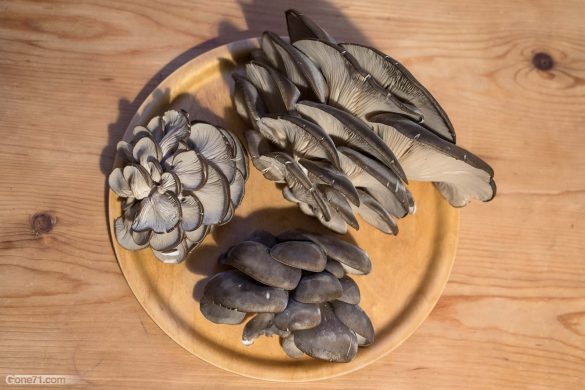
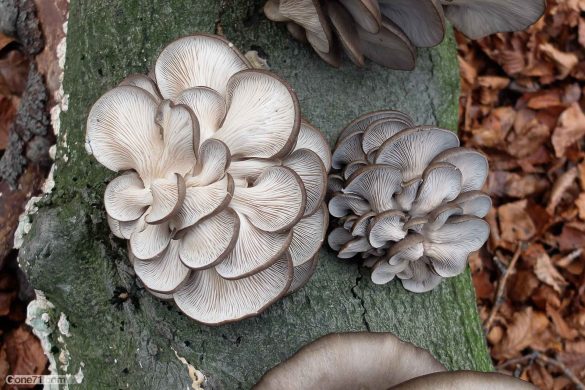
In the kitchen
The firm flesh of oyster mushrooms has a slightly peppery note and is ideal for roasting and stewing. The eponymous reference to oysters refers exclusively to its shell-shaped appearance. In terms of taste, however, it is often compared to veal. Unfortunately, a somewhat unfortunate connection when you have canceled the consumption of animals. Due to its high vitamin and nutrient content, however, it is an excellent substitute for meat.
From our point of view, freshly harvested, they taste superior to the cultivated form from local suppliers.
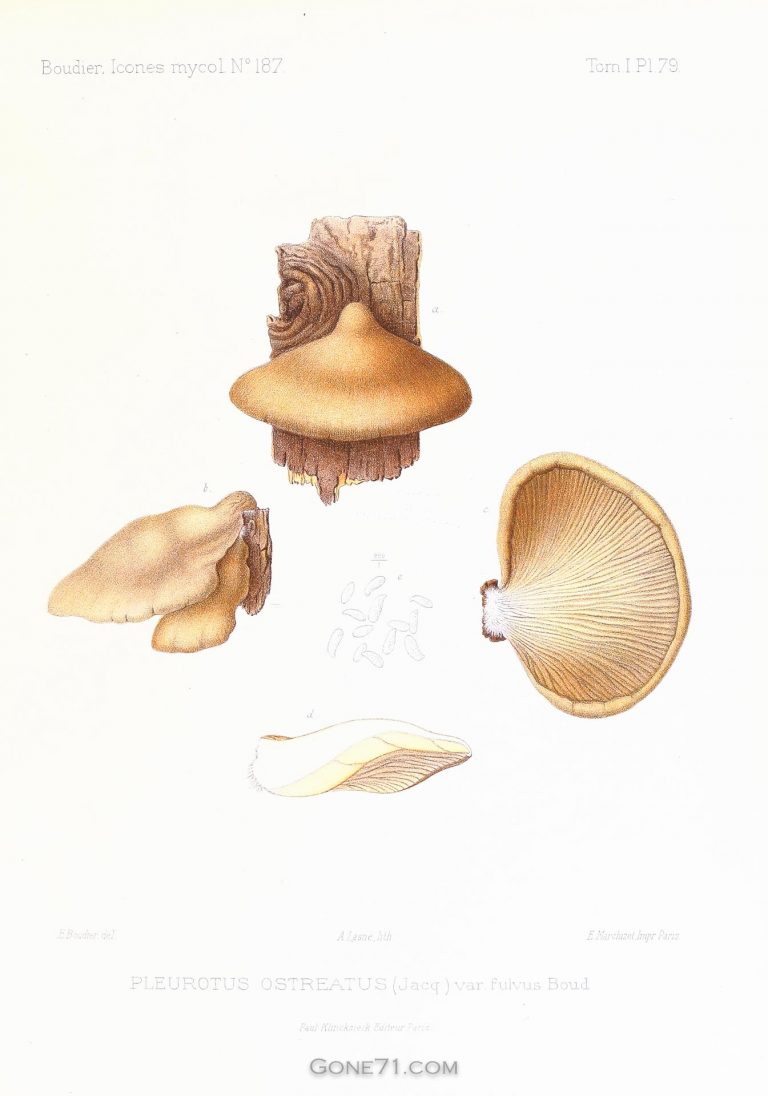
Use young oysters
For kitchen use we recommend younger specimen since older oyster mushrooms tend to get though. They are excellent for drying and you can also process them to powder. The texture of the firm flesh is often compared to tender meat and is very suitable for vegetarian and vegan kitchens.
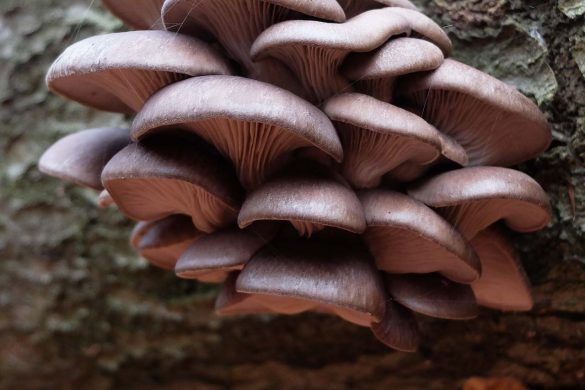
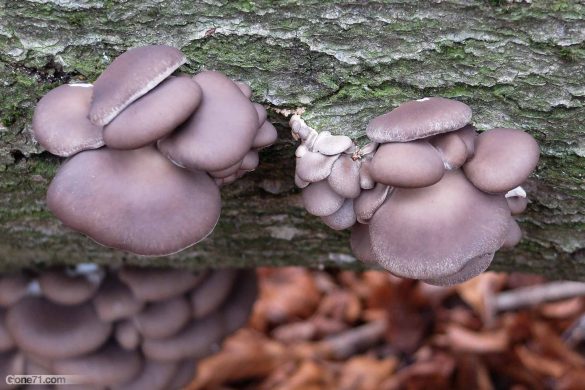
Culitvated oysters in the kitchen
The cultivated specimens from the supermarket shine above all through their year-round and reliable availability. Anyone who likes to plan dishes well in advance will find a reliable partner for their culinary adventures here. Growing yourself is also an increasingly popular option and offers the clear advantage that you have absolutely fresh mushrooms for processing that are subject to your own quality criteria.
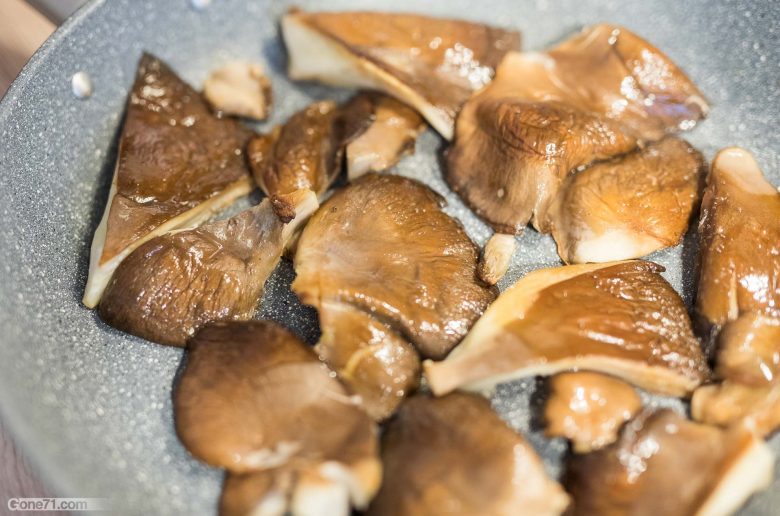
Cooking of oysters
We prefer to eat oyster mushrooms simply fried or alternatively in slices in Asian dishes.
Theoretically, the mushrooms can even be eaten raw, so a long cooking time is not necessary.
During the preparation, we make sure that we remove the hard stalk and remove any dirt residue. In the case of bought or self-bred specimens, the soiling is not a given anyway. The specimens found in the forest are mostly clean, but should still be checked for animals and dirt.
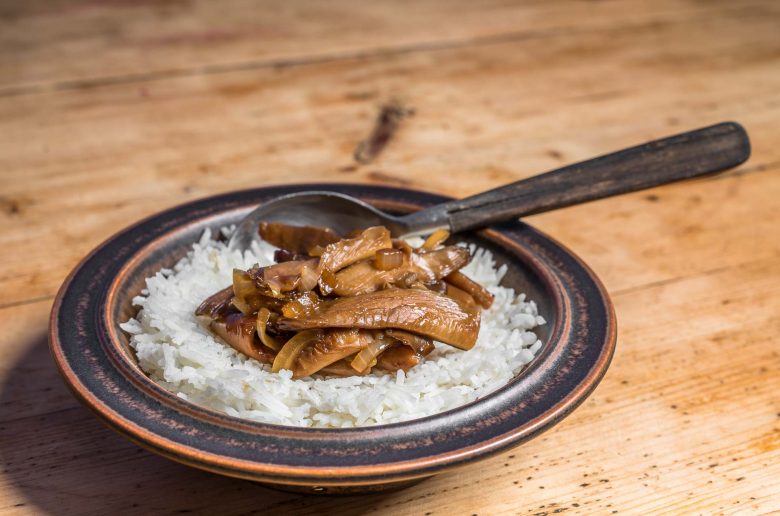
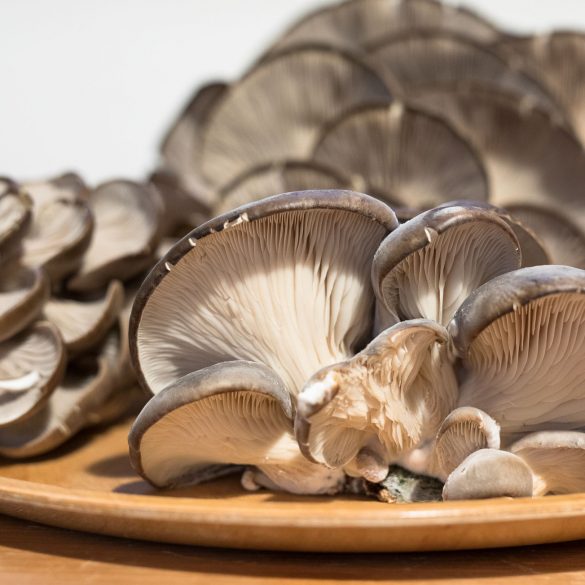
Oyster Mushrooms Sweet Sour
Ingredients
- 300g oyster mushrooms
- 2 onion
- 2 cloves of garlic
- 1/2 teaspoon ginger (ground)
- Olive oil (frying oil)
- 4 tablespoons soy sauce
- 1 balsamic vinegar
- 100 ml of white wine
- 1-2 tablespoons of cane sugar
Instructions
- Remove the stalks of the mushrooms and remove any dirt residue if necessary.
- Cut the mushrooms into strips or pluck them apart by hand and set aside.
- Mix the soy sauce, sugar, vinegar and white wine together and stir well. The ratio of these ingredients can be adjusted to taste. If you prefer it sweeter, use more sugar. If you prefer it sour, add more vinegar.
- Cut the onion into pieces and sauté in some frying oil for about 3 to 4 minutes.
- Just before the onions are done, add the garlic and ginger, finely chopped, to the onions and cook for about 1 minute.
- Deglaze with the soy sauce, sugar, vinegar and wine mixture.
- Let the whole thing simmer for about 20 minutes and stir often.
- In the meantime, the mushroom pieces are briefly seared in a separate pan.
- 5 minutes before the end of the cooking time, the mushrooms are then mixed with the onion-soy sauce and cooked together.
- Serve with rice.
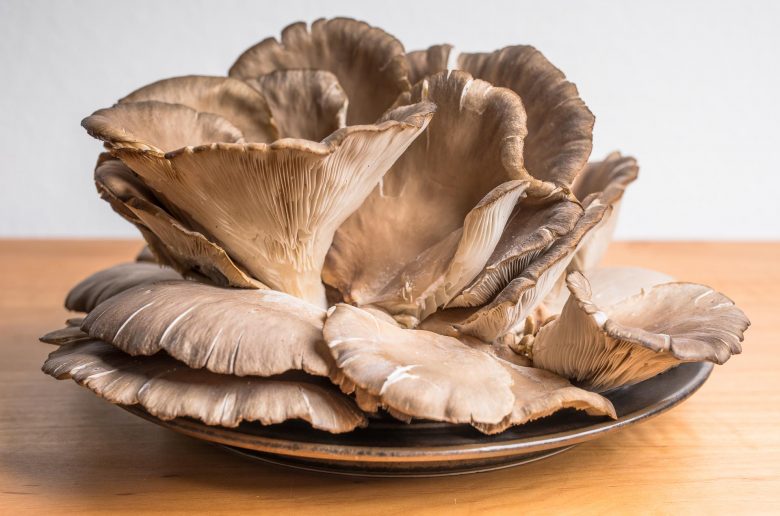
Other uses of oyster mushrooms
In folk medicine, oyster mushrooms are attested to have healing abilities (cholesterol-lowering effect) and are used in TCM to relax muscles and joints. If you follow this approach, such a mushroom dish can help you relax, especially after great physical exertion. It has not been used medicinally for as long as shiitake, but is increasingly becoming the center of attention due to its active ingredients and popularity. In addition to all eight unsaturated amino acids, it contains various B vitamins, vitamin D, calcium, phosphorus and iron.
We have compiled this overview with the best of knowledge and belief, but do not claim to be complete and reserve the right to make errors.
Learn more about poisonous mushrooms and mushroom poisons here
↓↓↓
Find some inspiration in other mushroom recipes
↓↓↓
